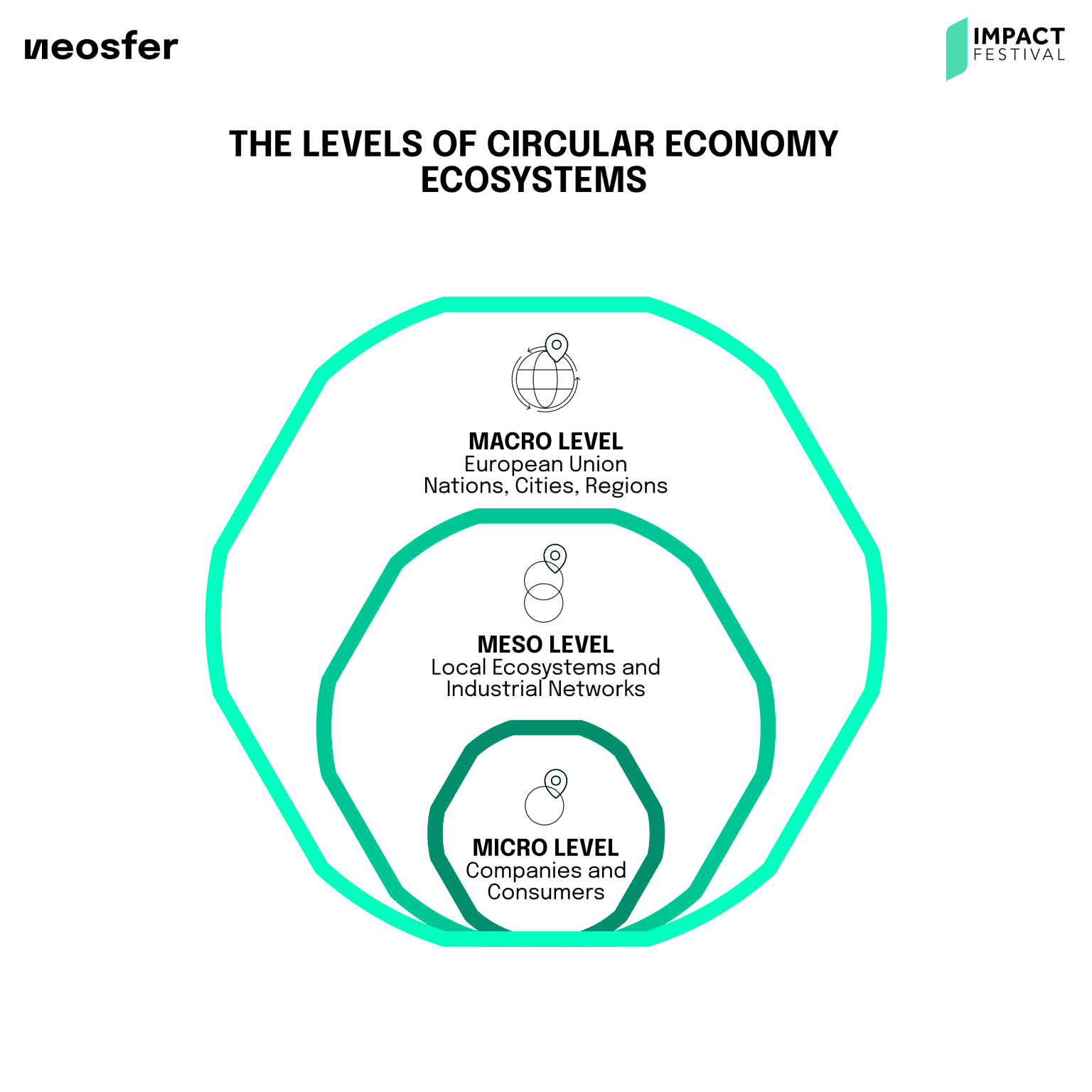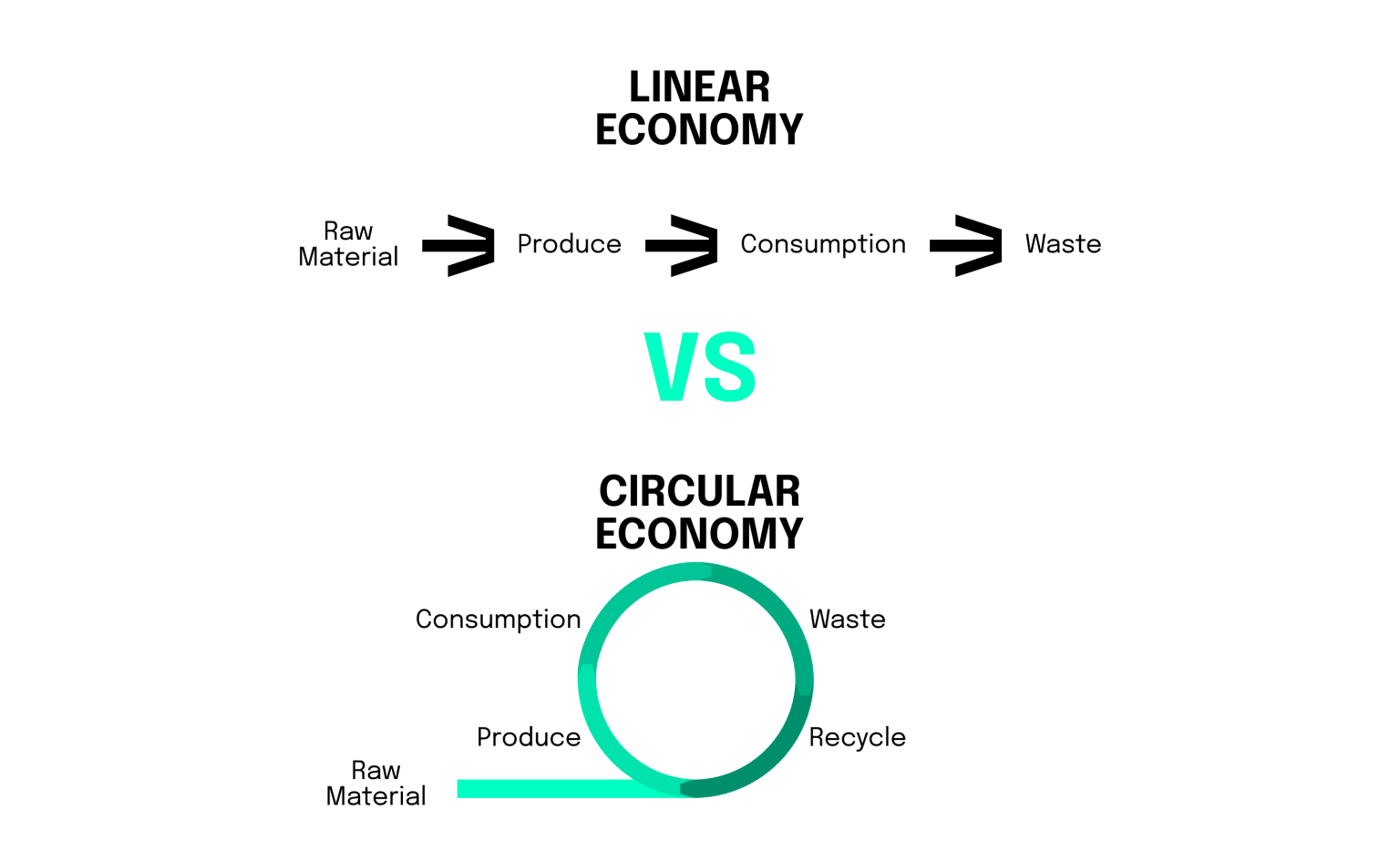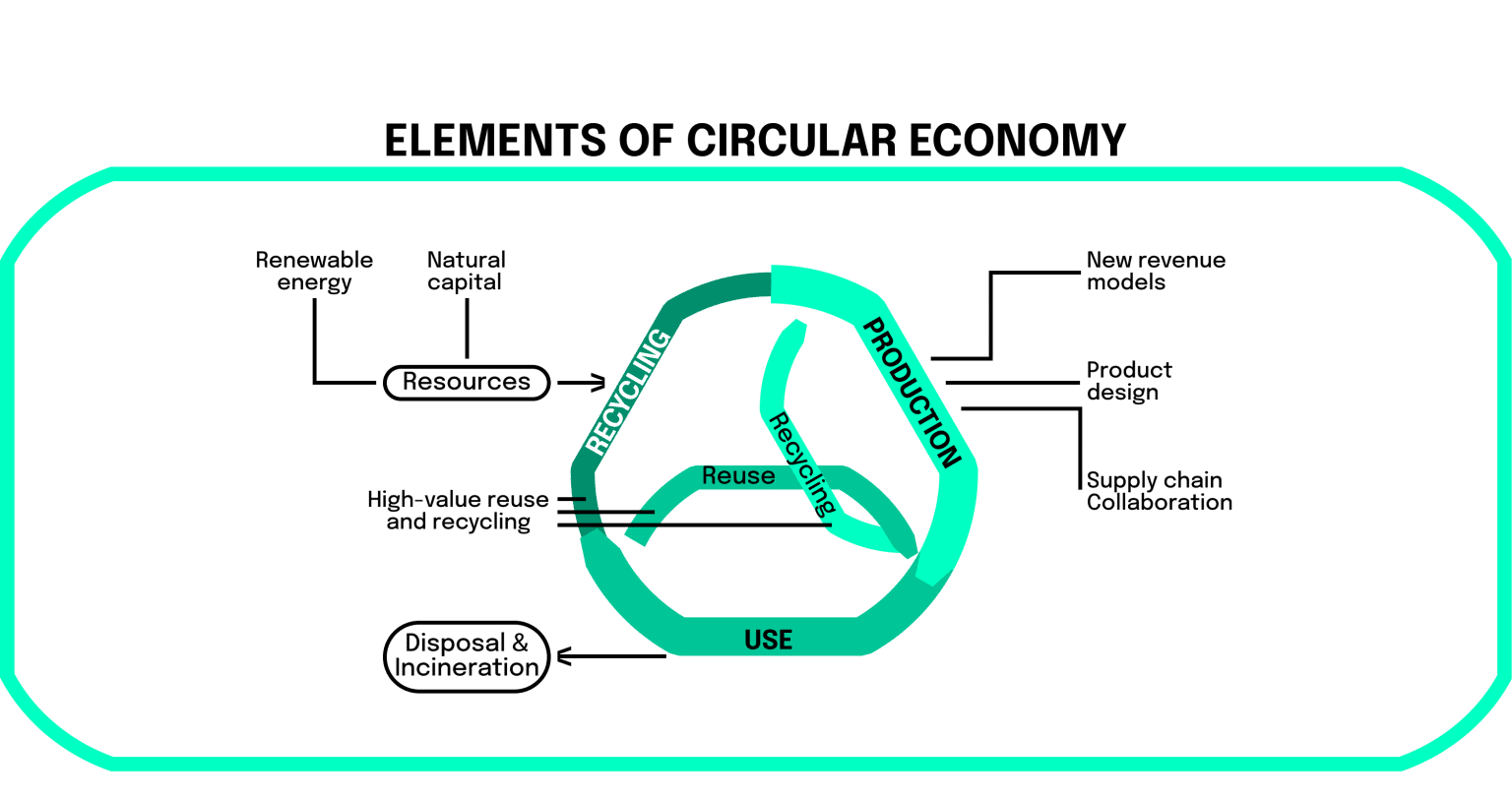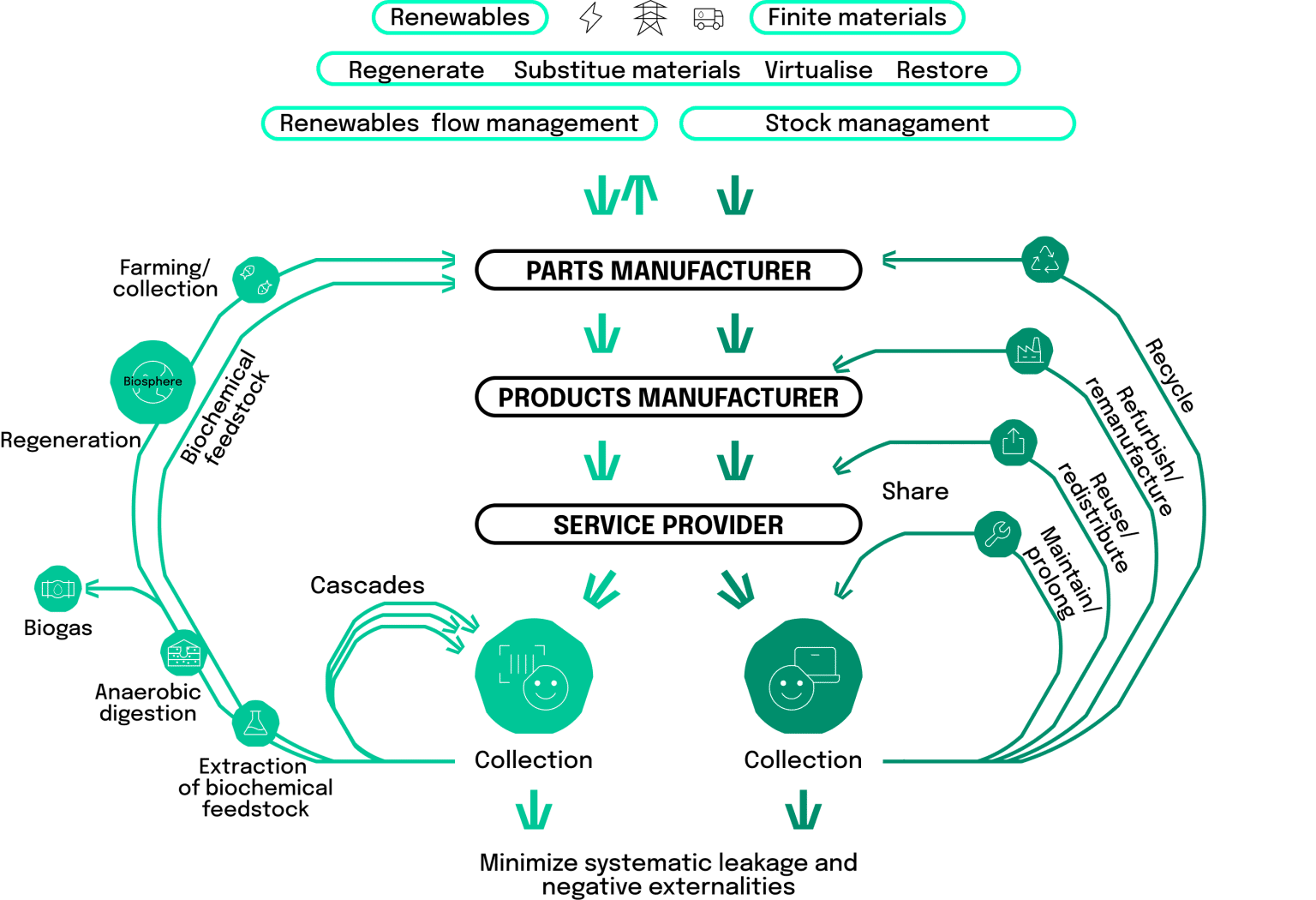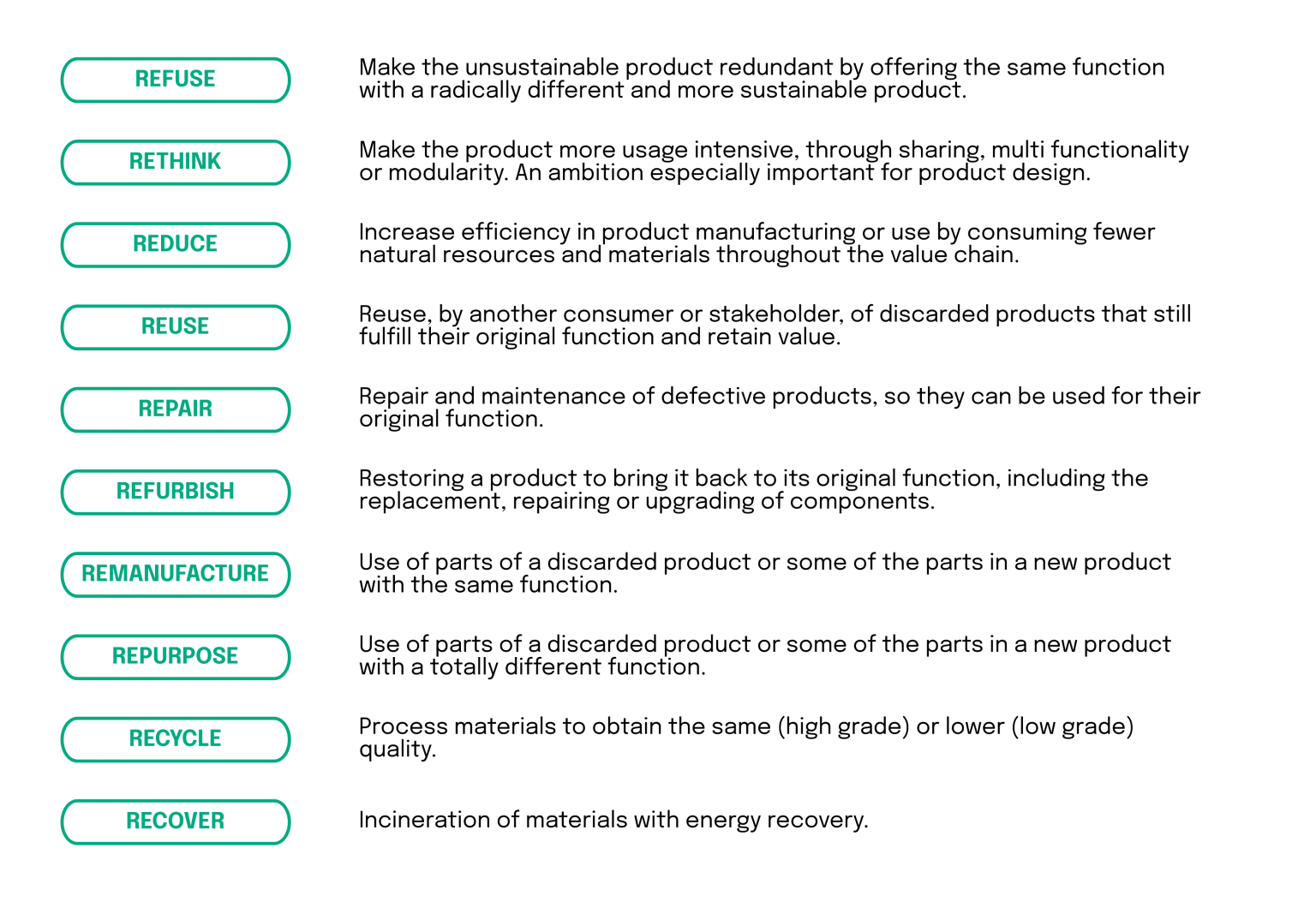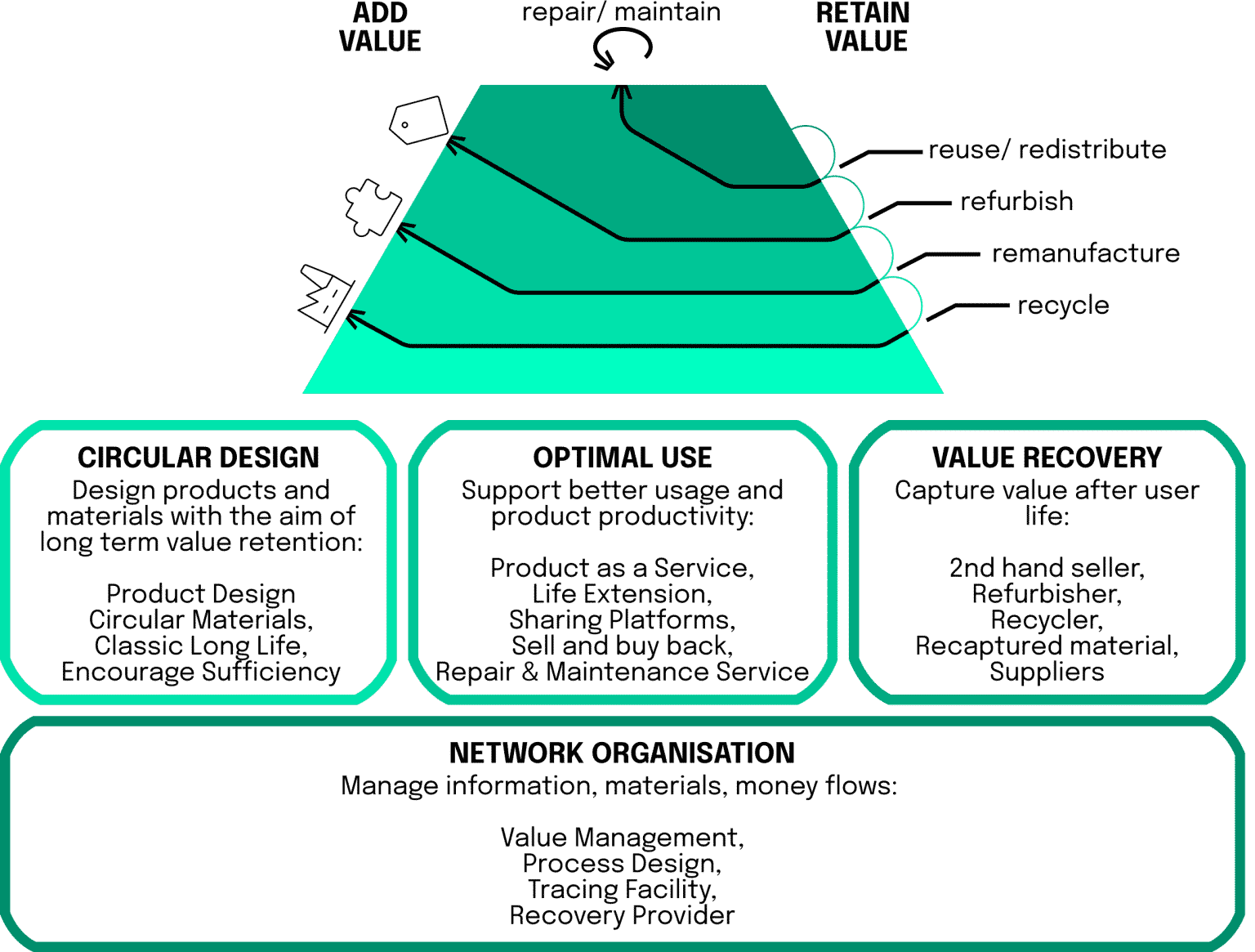Disclaimer:
This insight article is written in cooperation with the IMPACT FESTIVAL .
The IMPACT FESTIVAL is Europe’s largest B2B fair and conference for sustainable innovation and technology. It aims to accelerate the green transformation of our economy by creating a platform for start-ups, corporates, experts, and investors to connect, exchange knowledge and foster implementation of sustainable innovation. On October 5 and 6, 2022, the second edition of the IMPACT FESTIVAL will take place at the Fredenhagen Hall in Offenbach am Main. Learn more about it and get your ticket now: https://impact-festival.earth/

The war in Ukraine, floods in Pakistan and extreme droughts in other parts of the world –
our planet is facing enormous challenges. If humanity is to survive, it must succeed in decoupling the exponential growth of science, technology, and the economy, which has brought us so much prosperity and security for around two centuries, from the equally exponentially increasing exploitation of natural resources. In the areas of raw materials and energy, the aim is to force accelerated development upward into a curve and into a circular economy in line with nature’s processes.
A smart and innovative circular economy connects climate protection, resource efficiency
with an innovative approach to the economy and a prosperous perspective on the future. In
this approach lies gigantic potential that we need to extract and use for good. This will
require joint efforts in science and industry, society and politics.
This article will give you a detailed overview of the concept of circular economy in the first section. The second part of the article takes a closer look at the creation and establishment of circular business models and what defines these approaches to creating economic value. We will also highlight some key adoption challenges for businesses in general, whilst also highlighting how you can take circular action already today.
This article is published in cooperation with the Impact Festival, and is the first of two, with the second one taking a more financial focus on CE and how we can create a financial environment that fosters growth of this innovative approach.


